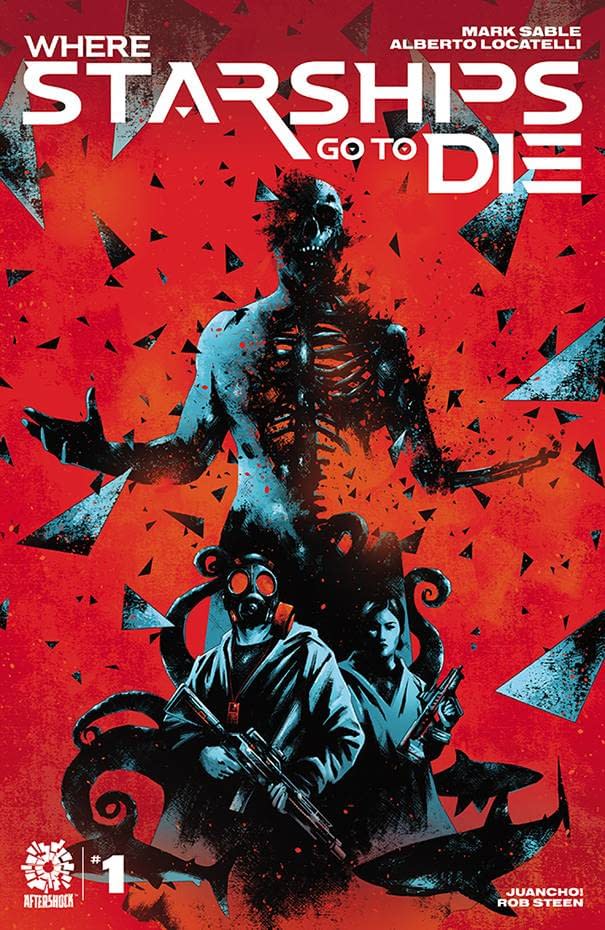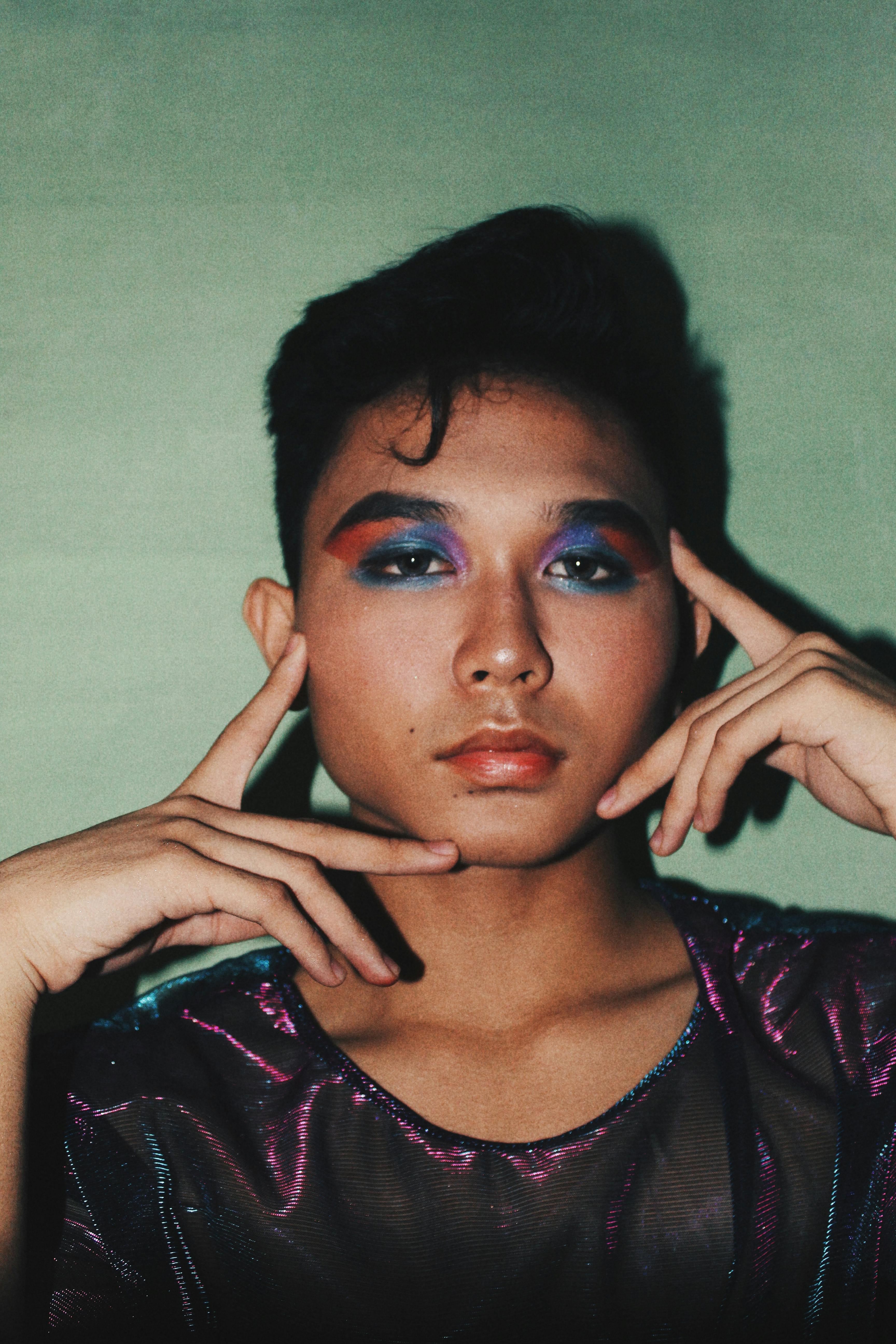Apply Now
Effective Ways to Enhance Vision Comics in 2025
Vision comics have become an increasingly popular medium in 2025, captivating audiences with their unique blend of storytelling and visual artistry. As a dynamic segment of the comic book culture, these comics have influenced superhero comics, graphic novels, and webcomics alike. Enhancing vision comics involves understanding their underlying principles and integrating new techniques that resonate with modern readers. In this article, we will explore effective strategies to elevate the quality and reach of vision comics, from utilizing innovative narrative techniques to engaging with the comic book community through conventions and reviews.
Moreover, the growth of digital comics has opened new avenues for indie comics and comics from well-known publishers. By embracing this digital landscape, visual storytelling can be enriched, leading to more diverse and captivating comic book stories. Thus, we will provide key takeaways, including the importance of visual narrative techniques, character development, and the vital role of community engagement through comic book events.
As we delve into this topic, expect to discover practical advice from comic book artists and writers on how to push the boundaries of comic book illustrations and storytelling.
Key Visual Narrative Techniques for Comics
Building on the fundamentals of visual storytelling, applying effective techniques enhances the reader's experience. Visual narrative techniques are essential for engaging an audience in both traditional print comics and modern digital formats.
Understanding Storytelling Elements
Every successful comic book relies on core storytelling elements, including character arcs, plot structure, and conflict resolution. Effective character development in comics allows readers to connect deeply with comic book characters, ensuring they invest emotionally in their journeys. For example, superhero origins are often pivotal in shaping a character's motivations and actions, providing a strong foundation for engaging superhero adventures.
Research shows that stories with well-defined arcs contribute significantly to reader satisfaction. A study on graphic literature indicated that comic readers favor characters with relatable struggles and growth over simplistic good vs. evil narratives. Thus, weaving these elements thoughtfully can lead to richer comic book experiences.
Leveraging Panel Layout and Design
The layout of comic panels plays a crucial role in visual storytelling. A skilled comic book artist knows how to utilize panel sizes and arrangements to influence pacing and emotion. For instance, large, sweeping panels can create dramatic moments, while smaller, more crowded panels might suggest urgency and chaos.
Experimenting with non-traditional panel layouts can also set a comic apart. Combining various artistic styles, like those found in American and European comics, can provide a unique flavor to the visual narrative. Furthermore, utilizing hybrid genres—such as fantasy comics and sci-fi comics—encourages independent comic creators to expand their storytelling methods.
Character Design and Art Styles
The visual identity of comic book characters can significantly impact how readers perceive their stories. Distinctive character designs, reflecting personality traits and backstories, engage readers on a deeper level. The artistic style chosen by comic book artists also plays a crucial role in defining the overall atmosphere of a comic.
For example, the vibrant, exaggerated styles of superhero comics contrast sharply with the subdued tones of literary comics. By understanding and implementing various illustration styles in comics, creators can more effectively convey themes and emotions. Emphasizing the importance of visual art, independent comic creators can explore defining their artistic voices.
Engaging with the Comic Book Community
With these basics established, community engagement is vital for the growth of comic book culture. Engaging with the comic book community not only fosters collaboration but also enhances visibility for emerging vision comics and their creators.
Participating in Comic Conventions
Comic conventions are pivotal for comic book fandom. They provide a platform for creators to showcase their work, connect with readers, and network with industry professionals. Participating in panel discussions or workshops allows comic authors to share insights about comic book creation and distribution.
Moreover, at conventions, readers can discover new indie comics and participate in comic book analysis sessions that delve into themes within the stories. Many successful indie comic creators credit conventions with their breakout success, as they garner direct feedback and support from passionate fans.
Leveraging Online Platforms for Distribution
The rise of online comic platforms has transformed the distribution landscape for comic book releases. These platforms provide an opportunity for indie comics to reach a global audience. By utilizing social media and online communities, creators can generate buzz around their work.
Additionally, engaging with readers through interactive content or live Q&A sessions enhances reader engagement. Platforms that support comic book reading, including digital comics services, can facilitate connections between readers and creators, ultimately fostering a community that appreciates illustrated narratives.
Collaboration and Sponsorship Opportunities
Collaborating with other comic book artists, writers, and even brands can generate fresh content and attract new audiences. Co-authoring comic book stories or creating cross-promotional materials harnesses the strengths of each creator, leading to innovative outcomes.
Additionally, seeking sponsorship from relevant brands can provide funding necessary for high-quality production. Sponsorship also adds an additional layer of promotion, as associated brands may share the comics with their followers, enhancing visibility and audience penetration.
Innovating on Traditional Formats
As we move forward, innovation remains at the core of enhancing vision comics. Many creators are experimenting with new formats, ensuring that their work stands out in a crowded marketplace.
Animated Comics and Digital Adaptations
One exciting avenue is the emergence of animated comics, which combine traditional comic book storytelling with the dynamics of animation. These adaptations breathe new life into classic comics, offering readers a fresh experience that appeals to a broader audience.
Furthermore, adaptations of graphic novels into other media, such as film or web series, can expand the reach of beloved stories. Understanding the adaptation process can significantly influence how creators approach their comic book storytelling. Successful adaptations have brought renewed interest in comic book lore and have helped kindle excitement for newer titles.
Creating Immersive Experiences with AR/VR
The incorporation of augmented reality (AR) and virtual reality (VR) in comics is a frontier that vision comics can explore. These technologies enable readers to engage with stories in unprecedented ways, enhancing the visual storytelling experience. For instance, characters could come to life through AR applications, allowing readers to interact with comic book characters and scenes actively.
Moreover, utilizing VR technology can create complete immersive environments based on comic narratives, providing an engaging alternative to conventional graphic novels and illustrated stories.
Exploring Niche Genres and Themes
With the growing diversity of comic book readers, exploring niche genres can be a winning strategy for independent creators. For instance, feminist comics, political comics, and autobiographical narratives resonate deeply with specific audiences, often leading to dedicated followings.
This exploration can also include interpreting exotic storytelling techniques and familiar folklore through contemporary lenses. By incorporating these themes, creators can forge a unique identity and voice that stands out among popular comic book genres.
Conclusion: Future of Vision Comics
Enhancing vision comics in 2025 requires a multifaceted approach, focusing on visual narrative techniques, community engagement, and innovation in comic creation. By understanding readers' desires and embracing new formats, creators will not only elevate their individual stories but also contribute to the broader comic book culture.
As we look forward, the future of vision comics promises exciting developments in storytelling and artistry, paving the way for innovative comic book adaptations and advancements in the comic book industry. Whether through interactive experiences or rich, engaging narratives, vision comics are sure to continue captivating audiences for years to come.




